|
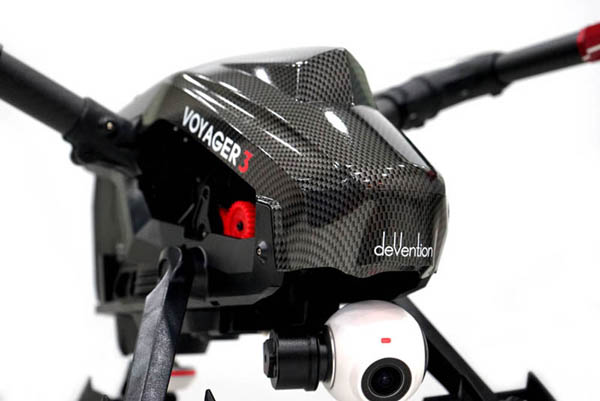
Unlike RC aircrafts, drones are capable of stable flight. However, they still come under the influence of wind and speed, resulting in camera shakes and vibrations. Gimbals have the ability to keep the camera level on all axes and utilize separate motors to stabilize the camera.
|
|
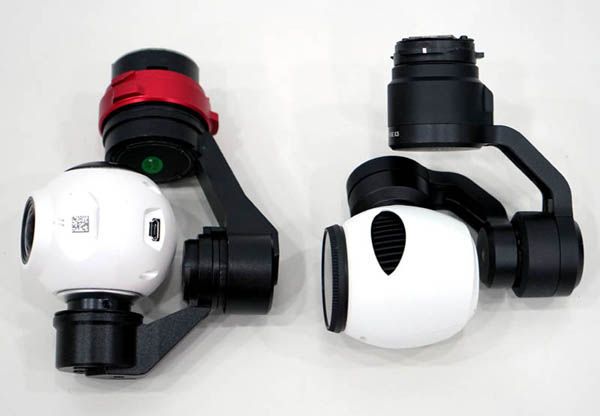
2D (2-axis) gimbals feature two mounts, whereas 3D (3-axis) have three mounts. 2D gimbals control horizontal vibrations, while 3D gimbals provide additional vertical vibration control. Most gimbals are exposed, such as those of Inspire 1 and Voyager 3, but there are all-in-one camera types like the Bebop drone which run on software. The video quality is far better with exposure-type gimbals.
|
|
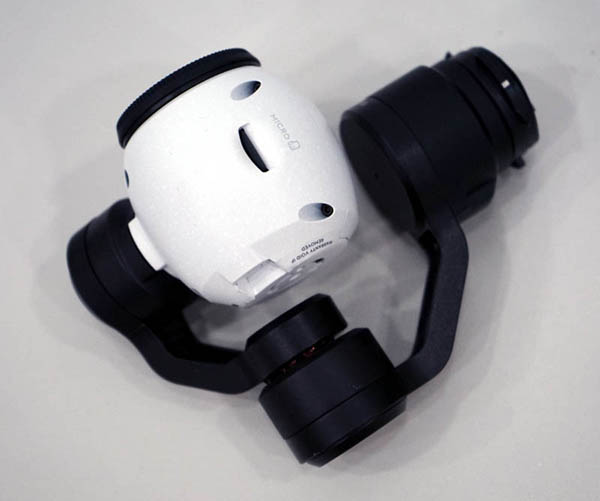
This is the camera for Inspire 1. It has micro SD slot for storage device. First, the camera must be inserted into the camera terminal at the bottom of the aircraft. When it’s switched on, the camera faces forward and is automatically set. Still photos and videos can be captured using the flight controller once it is connected with tablet PC or smartphone. Still photos and videos can be recorded using the controller, but viewing and menu control is not possible. The camera can be tilted up and downwards as well as rotated 360 degrees via the flight controller.
|
|
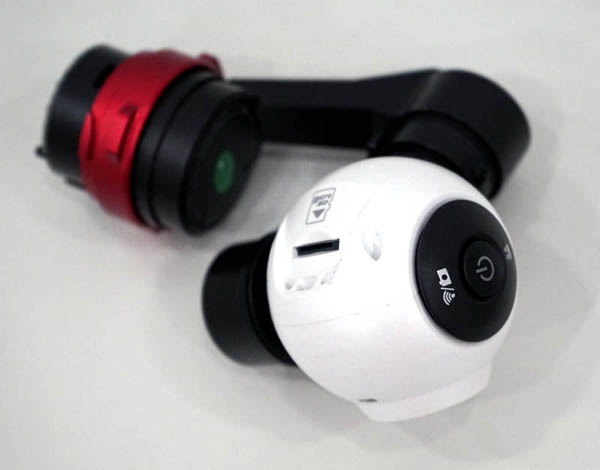
Next is the camera for Voyager 3. In addition to the micro SD slot for storage, there is a dedicated power switch and buttons for still photos and video recording. Like Inspire 1, the camera must first be inserted into the camera terminal. When the aircraft is switched on, the camera faces forward and is automatically set. Unlike Inspire 1, Voyager 3 camera is switched on by pressing the power button on the side of the camera.
The flight controller is used to take still photos. Video can be recorded by pressing the button on the side of the camera before ascent or descent, or by using the dedicated app after connecting tablet PC to the controller.
|
|
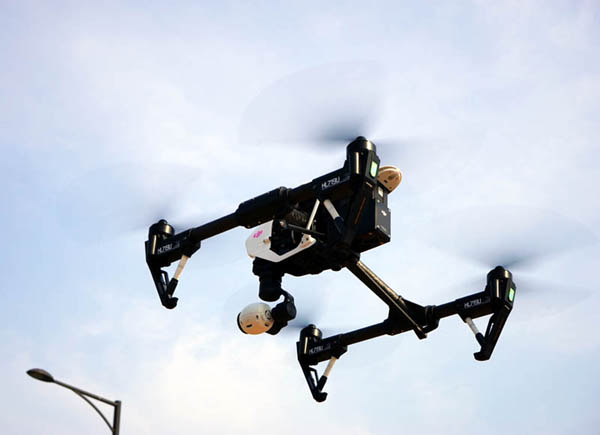
Camera specifications are as follows. Inspire 1 camera has resolution of 12.0 MP, 4096x2160: 24p, 25p, 3840x2160: 24p, 25p, 30p. Still photos 4000x3000 resolution. 1920x1080p, 1280x720p: 24, 25, 30, 48, 50, 60 frames. Video format is in MP4, MOV. Controlled rotation range for the gimbal is pitch: -90 to +30 degrees and pan: 320 degrees.
For its Phantom series, DJI installed GoPro camera on the gimbal. But from Phantom 2 Vision Plus, DJI started using all-in-one cameras. For Inspire 1 and Phantom 3, DJI used Sony Ecmor camera, changing its product design to all-in-one drone.
|
|
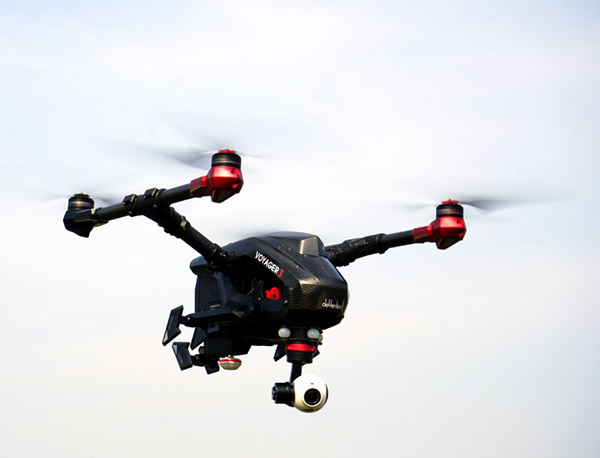
Voyager 3 has resolution of 16.0 MP, 4096x2160: 15p and 1920x1080p: 24, 25, 30, 48, 50, 60p, 1280x720p: 120p. Still photos 4608x3456. Video format MP4, MOV. Controlled rotation range for the gimbal is pitch: -120 to +60 degrees, pan: 360 degrees.
Judging from the specifications, Voyager 3 camera appears to be better quality than that of Inspire 1. However, in terms of the actual resolution and user convenience, Inspire 1 is ahead of Voyager 3. Whereas Voyager 3 has GoPro camera-based wide-angle lens, Inspire 1 has 94 degrees FOV (Field of View) standard lens with anti-distortion filter.
|
|
|